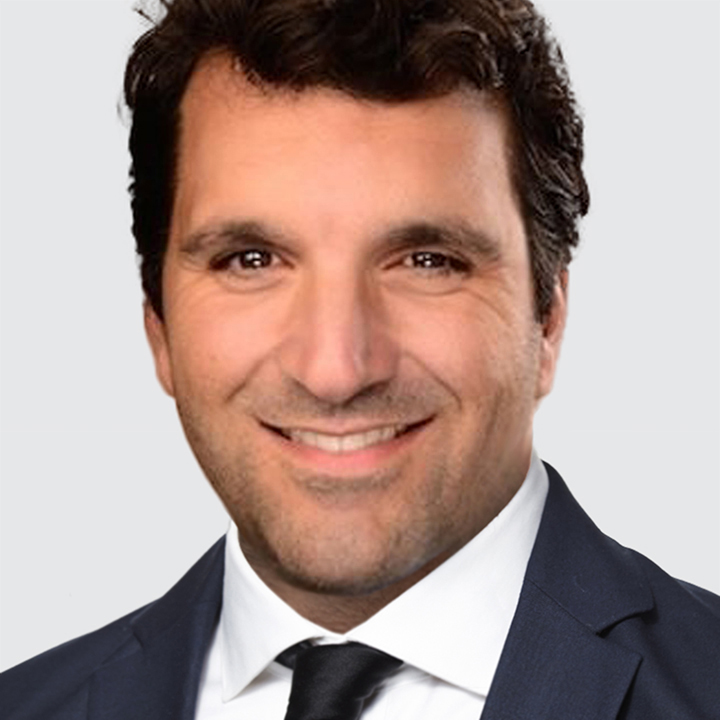US
USD is up against most major currencies but remains well within its range dating back to June. Narrowing US-G6 rate differentials limit the scope for USD relief rallies. Global bond yields are drifting lower, driven in part by the ongoing decline in crude oil prices. The MSCI All Country World Index rallied yesterday, just shy of its recent record high, underpinned by solid earnings (85% of US companies have so far beaten Q3 profit estimates) and cooling US-China trade tensions.
The Philly Fed non-manufacturing activity index is the data highlight (1:30pm London, 8:30am New York). ECB President Christine Lagarde gives the keynote address at the Norges Bank Climate Conference (12:00pm London, 7:00am New York).
JAPAN
USD/JPY rallied by roughly 0.8% to 151.60. Unverified sources signal that Bank of Japan (BOJ) officials are of the view there’s no urgency to hike the benchmark rate next week. Interest rate futures quickly slashed BOJ October rate hike bets from 25% to under 10%.
We anticipate the Bank of Japan to resume normalizing rates at the October 30 meeting which can turbocharge JPY. Japan’s Tankan business survey points to an ongoing recovery in real GDP growth and underlying inflation is making good progress towards the BOJ’s 2% target. Japan’s September CPI print is due Thursday.
Sanae Takaichi has won the vote to become Japan's prime minister. Takaichi will face significant constraints to push ahead with her fiscally profligate pledges as her coalition government does not have majorities in both houses of parliament.
Satsuki Katayama has been named finance minister. In an interview with Reuters in March, Katayama, a former economic revitalization minister and finance ministry bureaucrat, said Japan’s economic fundamentals suggest the real value of USD/JPY is closer to 120.00-130.00.
Our fundamental equilibrium model for USD/JPY (based on relative prices, terms of trade, net international investment position, and productivity) is much lower at 95.00. However, USD/JPY overvaluation is justified by wide US-Japan real long-term interest rate differentials
CANADA
USD/CAD is firmer near the top-end of a multi-day 1.4000-1.4080 range. Canada’s September CPI print is up next (1:30pm London, 8:30am New York). Headline CPI is expected to rise to 2.2% y/y vs. 1.9% in August due to base effect while core CPI (average of trim and median CPI) is seen unchanged at 3% y/y. Softer inflation will raise Bank of Canada (BOC) rate cut bets and trigger a USD/CAD overshoot to 1.4160.
Canada’s subdued growth outlook leaves room for the BOC to lower the policy rate to the lower end of its estimated neutral range of 2.25% to 3.25%. Canada’s swaps curve implies 80% odds of a 25bps cut to 2.25% at the next October 29 meeting.
The Bank of Canada’s Q3 Business Outlook Survey future sales growth index fell to -2 in Q3 (lowest since Q2 2023) vs. +6 Q2. Perversely, weak demand is constraining selling price expectations and squeezing margins, which further weighs on the business outlook. Meanwhile, firms’ investment intentions remain muted in Q3, with the balance of opinion still well below its long-term average, and most businesses do not plan to hire new employees.
HUNGARY
National Bank of Hungary is widely expected to keep rates steady at 6.50% (1:00pm London, 8:00am New York). At the last September 23 meeting, the bank decided unanimously to leave the base rate unchanged at 6.50%, marking the 12th consecutive hold since cutting rates 25bps in September 2024.
The bank showed no signs of departing from its hold stance warning that “For the rest of the year, inflation is expected to stay above the central bank tolerance band [3% +/-1%].” The swaps market price-in 75bps of cuts over the next two years. Regardless, Hungary’s positive real interest rates, loose 2026 fiscal stance, and current account surplus (1.9% of GDP in Q2) favor a firmer HUF.

